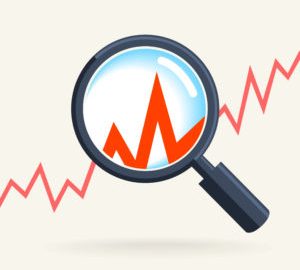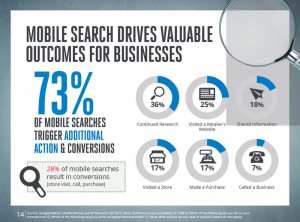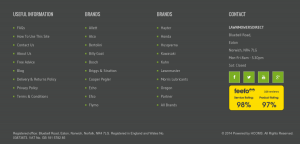
Segments play a huge role in any company’s personalization efforts. If you’re unfamiliar with segments, they are groupings of people based on a set of defined criteria. They can be used to target different groups of people with different experiences. For example, you can ensure that only visitors from certain countries see messages about your international shipping, or that only visitors from the insurance industry see your insurance-specific content on your homepage.
Even when personalizing your digital experience at the one-to-one level, segments for personalization are still valuable. For instance, you may leverage a machine-learning algorithm to recommend different products to each individual on your site, but still use segments to target one algorithm to first-time visitors and another to return visitors. Essentially, understanding segments is critical to your personalization strategy, no matter what personalization approach you use.
Typically, segments are created based on any identifiable attribute or behavior. So long as you can collect the data for it, you can create a segment against it. To help you understand the different types of segments that can be created, let’s dive into attributes and behaviors in this blog post.
Attributes
Attributes describe any characteristic of a visitor. They can be derived from two key sources:
Web Attributes
Web attributes are detected as soon as a person lands on your site. They include such aspects as geolocation, industry or company (based on reverse IP address lookup), time of day, and source (such as search, email, social, paid ad, etc.).
For example, Squaw Valley Alpine Meadows (SVAM) tailors its homepage experience to provide a location-based offer to visitors from Los Angeles. It leverages a web attribute (geolocation) to create a segment, and then it targets that segment with a specific experience. With this approach, visitors from outside of LA won’t see offers that don’t apply to them.

Database Attributes
Rather than being detected from the web as in the previous example, database attributes are pulled in from a database-driven system such as a CRM, email marketing solution or a data warehouse. They can include anything that you store in one of those systems, such as whether the visitor is a prospect or customer, a high-value customer, in a particular category, etc. In order to tie a website visitor to his data in another system, you need some kind of identifier (such as an email address) for that visitor.
For example, a B2B company can pull in a user’s plan level information from Salesforce to offer upsell or free trial promotions at the right time. In the example message below, the company offers a free trial of the advanced plan to visitors who are not already on that plan.

Behavior
In addition to attributes, behaviors can be used to create segments as well. Behaviors describe any action taken on your website or app. As visitors engage with your digital property, you can alter their experiences based on actions they have or have not taken in the past or in their current sessions (or both). Behaviors can be broken into three main buckets:
Site-Wide Behavior
Site-wide behaviors encompass simple behavioral analytics such as number of visits to your site, average time on site, visit recency, etc. One important way this can be useful is in targeting messages or experiences specifically to first-time visitors. In this instance, the number of times a person has been to the site is important in determining the experience he receives, such in the example below where Rue La La provides a relevant message to new visitors.

Page Visit Behavior
Page visit behavior refers specifically to data about specific page views for an individual, such as which pages he or she has visited and the number and frequency of visits per page. While a bit high-level, it can still be valuable in many situations. For example, Mindflash displays relevant messages to visitors based on the page they are currently viewing on the site.

Deep Behavior
Deep behavior goes a step further than the previous two categories. It includes in-page context (e.g. category, tags, brand, style, etc.) and level of engagement based on mouse movement, scrolling, inactivity and time spent per page to provide the most accurate indication of affinities, interests and true intent.
The Zumiez example below is a clear example of this type of deep behavioral data. Zumiez leverages deep behavior to assess the interests and preferences of each visitor to its site, so that it can help them find the most relevant products in the search bar. Note that the recommended shoes are in the shopper’s preferred gender (women’s) and brand (Vans) based on her previous behavior on the site.

This particular example uses machine-learning algorithms to deliver this experience, but a retailer could easily create a segment based on this data as well. For example, the retailer could create a segment of visitors with Vans as their favorite brand, and create experiences specifically for that segment.
Final Thoughts
The segments you create for your personalization efforts will depend entirely on your business and your specific goals. For example, a travel company may want to speak differently to its website visitors from different regions of the country, but a SaaS-based company may not find any value in segmenting visitors by geolocation. That SaaS company may want to focus on the industry of its visitors instead.
Use this introduction to attributes and behaviors to determine which segments will be the most relevant to your personalization strategy, helping you deliver the most relevant experiences possible on your website.
Digital & Social Articles on Business 2 Community
(75)









